Before he became the father of a fledgling republic, George Washington was a man repeatedly spared by fate. That he survived a war, illnesses, assassination plots, and environmental hazards was more than unlikely—it was mythic. These near-death encounters not only shaped Washington’s identity but also helped create the enduring aura that surrounded him, even in his own day.
1753: A Bullet in the Woods

Doug Kerr from Albany, NY, United States via Wikimedia Commons, CC BY 4.0
At 21, Washington was sent on a diplomatic mission to Fort Le Boeuf in the Ohio Valley. On the perilous return to Virginia, Washington and his guide, Christopher Gist, were abruptly turned upon by a Native American guide who had appeared trustworthy. The man suddenly fired a pistol at them from point-blank range, the bullet narrowly missing Washington’s head. This was one of the first of many occasions where Washington narrowly escaped death.
1753: Ice and Isolation on the Allegheny River

A few days later, Washington and Gist attempted to cross the frigid Allegheny River on a makeshift raft. When their craft broke apart in the treacherous current, Washington was thrown into the ice-cold water. The two men made it to a small island and survived a night in freezing temperatures, narrowly avoiding hypothermia. Washington, once again, had been spared.
1755: The Battle of the Monongahela

During the French and Indian War, Washington rode into battle as an aide-de-camp to General Edward Braddock. The British forces were ambushed, and in the midst of the chaos, Washington had two horses shot from under him. He later found four separate musket-ball holes in his coat, yet he emerged unscathed. Native warriors, observing this, would later say he was protected by the Great Spirit.
1776: Delaware Crossing
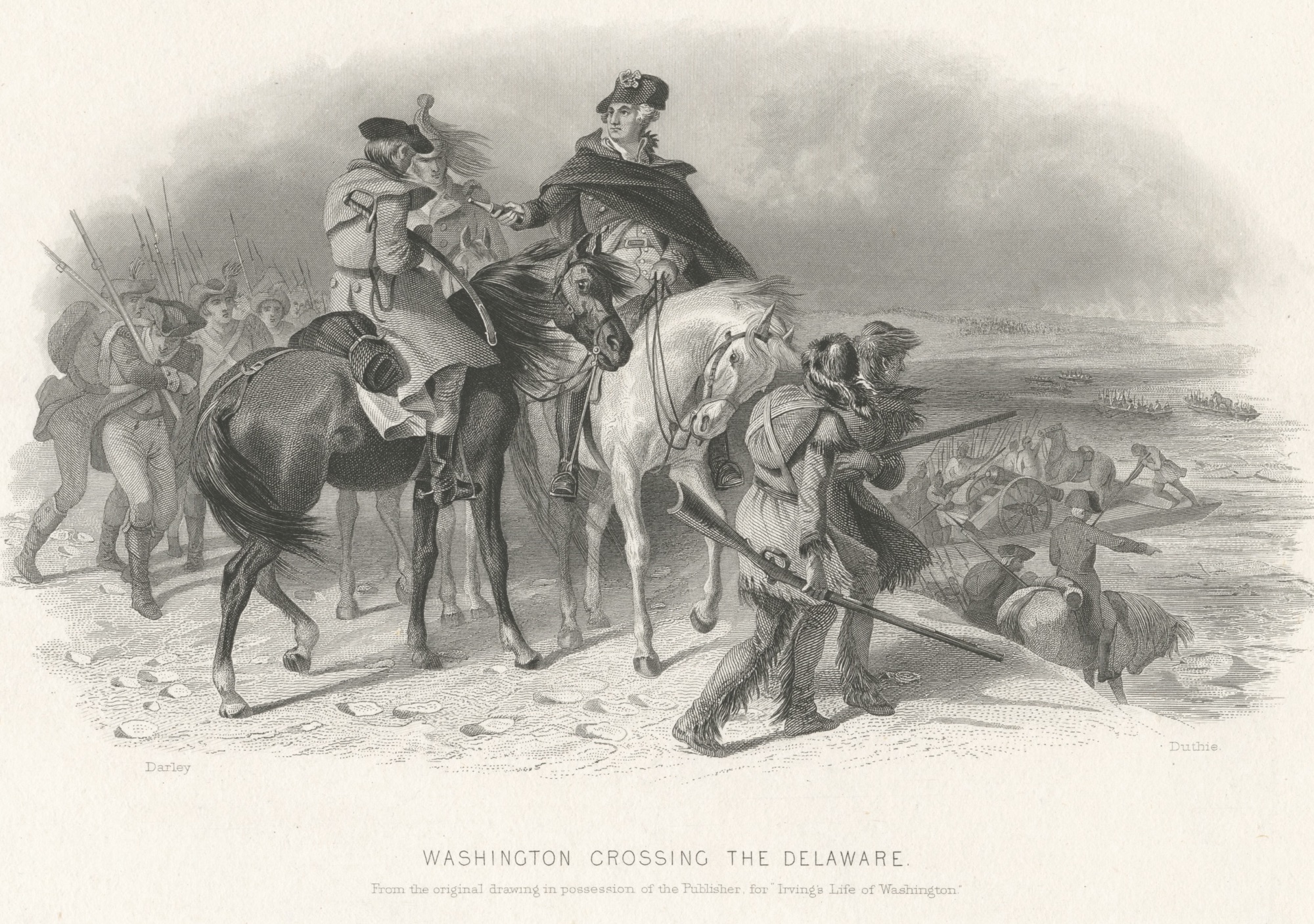
On Christmas night, Washington led his beleaguered army across the treacherous, ice-filled Delaware River. The journey was fraught with danger, and the plan was a high-stakes gamble. Had he failed, the Revolution might have crumbled amid the army’s dwindling morale and the harsh winter weather. Instead, he led his troops to a stunning surprise victory at Trenton, reinvigorating the Patriot cause.
1776: Treason from Within
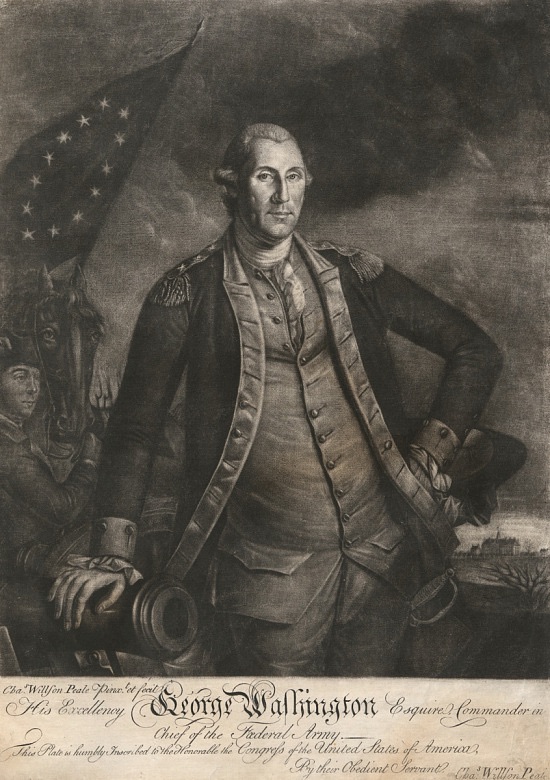
While in New York, Washington narrowly escaped an assassination plot conceived by some members of his own Life Guard. A conspiracy devised by Thomas Hickey was exposed just in time. Hickey was hanged as a traitor before a crowd of 20,000, and while the plot didn’t diminish Washington’s standing as commander, the betrayal haunted him for years to come.
1777: Fire at Princeton

In the heat of battle, Washington made a gallant charge that brought him within thirty yards of the British lines, rallying his troops under direct fire. Witnesses described bullets flying past him without him flinching. He remained untouched, miraculously alive, and victorious—bringing to life the idea that he possessed both extraordinary defiance and divine favor.
Throughout the War: Exposure and Illness

Washington would not only put himself in harm’s way on the battlefield at places like Brandywine, Germantown, and Monmouth. He also survived repeated bouts of smallpox, malaria, dysentery, and diphtheria. In an era when any one of these illnesses could be fatal, Washington seemed to defy the odds, reinforcing his reputation for miraculous luck.
Post-War: Tensions and Vulnerability
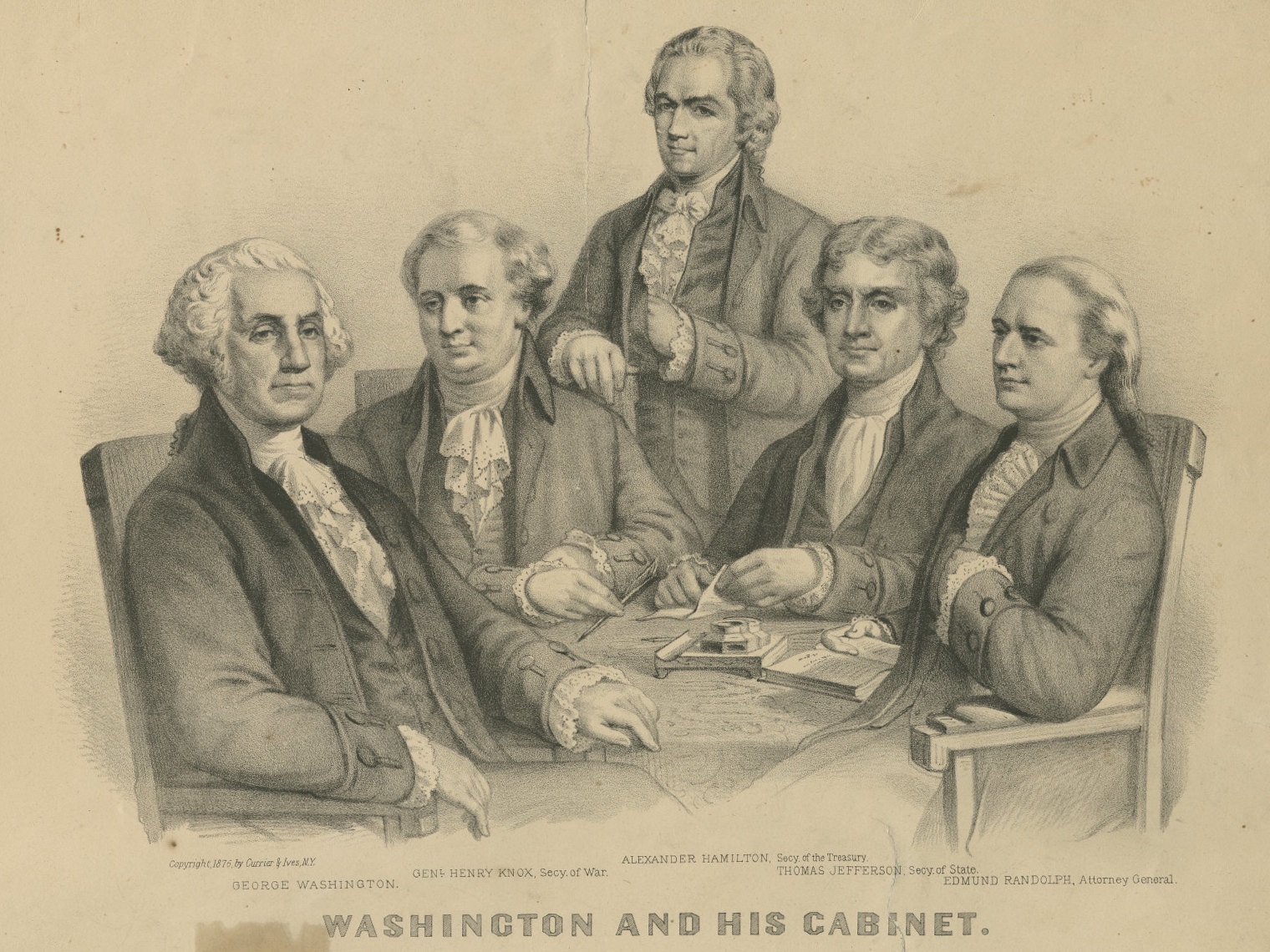
While there are no confirmed assassination attempts during his presidency, Washington lived in an era of intense political tension. He often traveled without a large escort, and threats from disgruntled Loyalists and political enemies were a real concern. Despite this, he did not rely on the fortune that had kept him alive for so long.
1799: The Last Illness
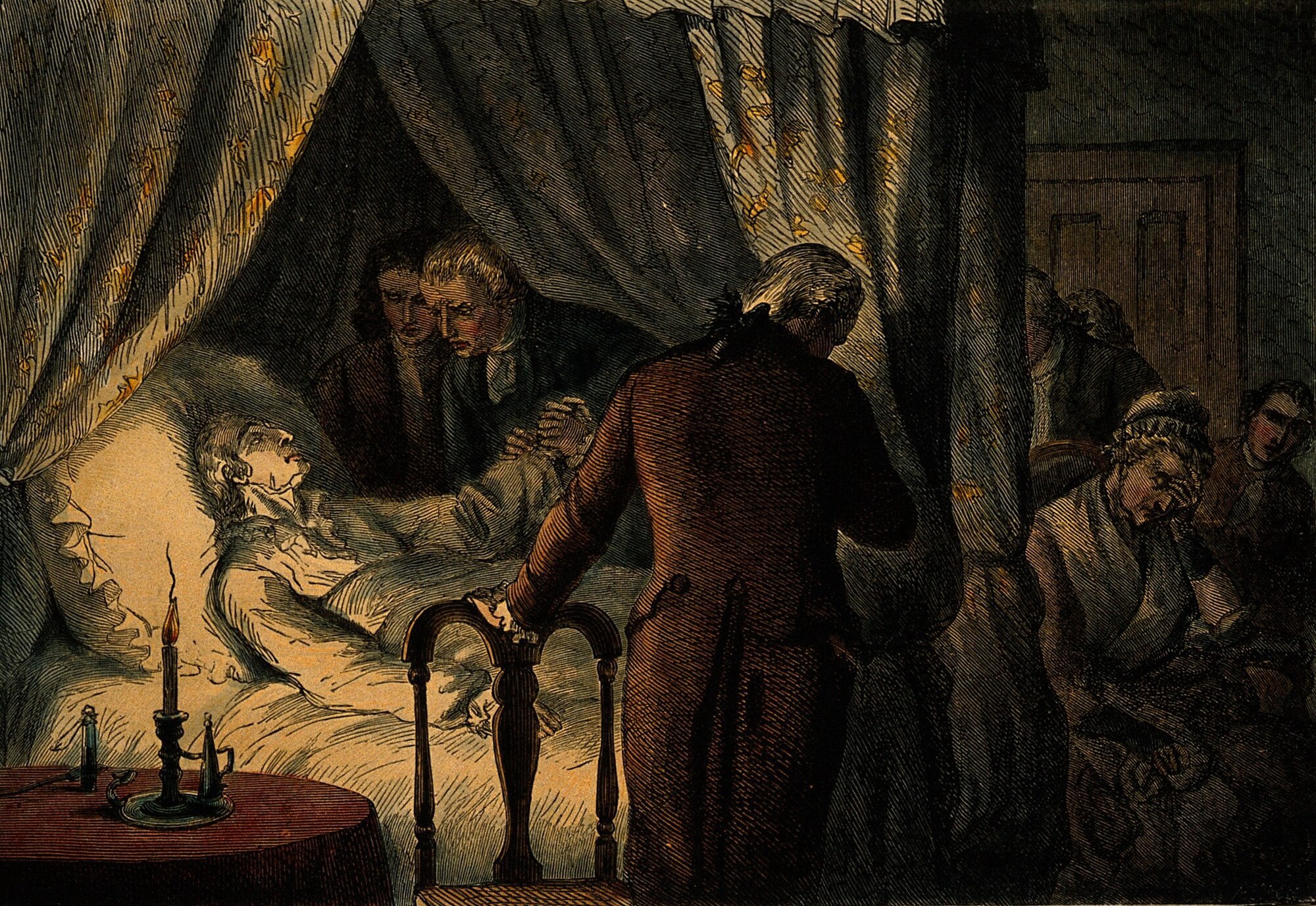
In the end, Washington died not from betrayal or injury but from a sudden throat infection, most likely acute epiglottitis. His doctors, following the standard medical practices of the time, subjected him to multiple rounds of bloodletting. This antiquated treatment almost certainly hastened his death. After a lifetime of surviving the impossible, his last hours were quiet, painful, and profoundly human.
The Legacy of Survival
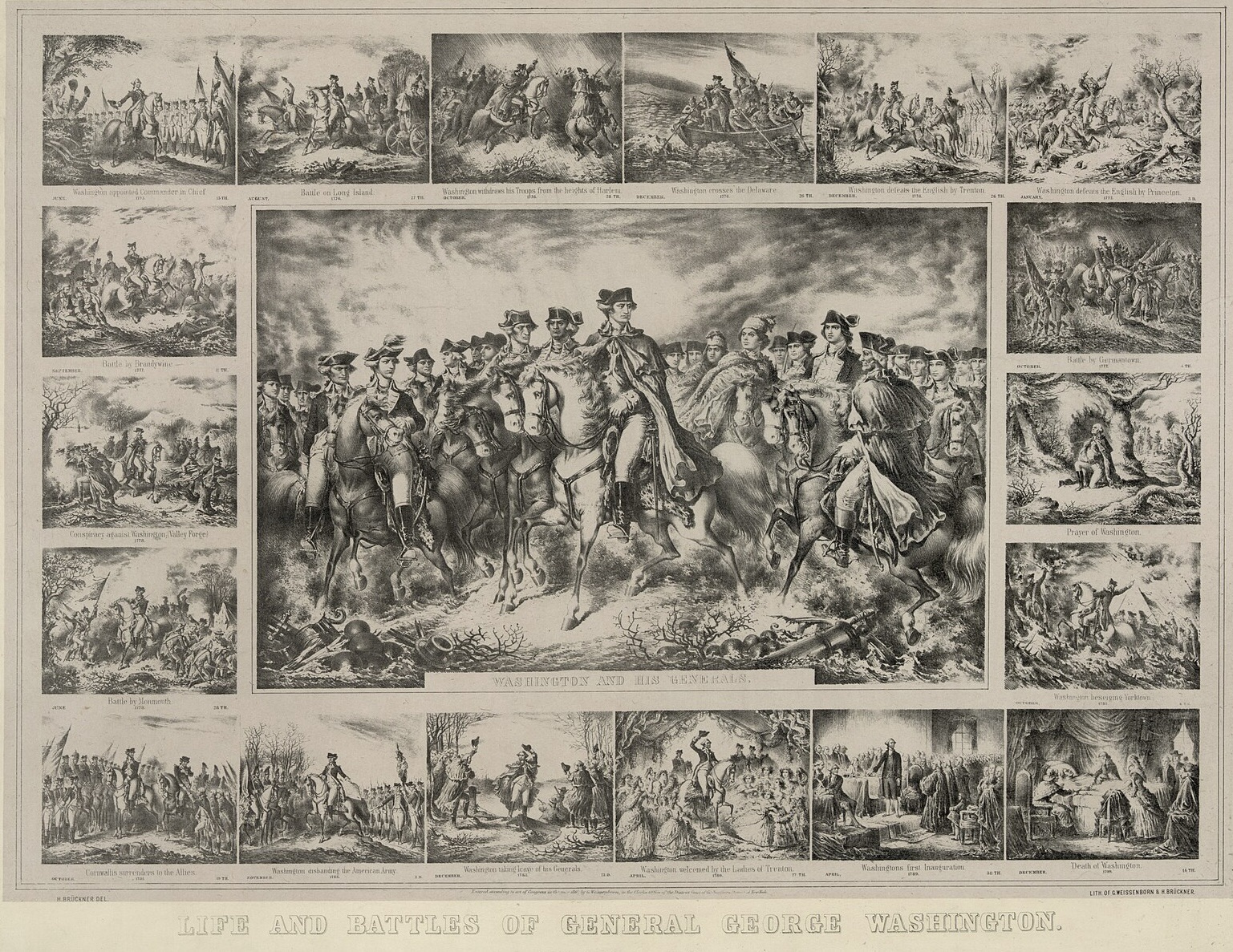
Washington’s near-failures were not just dramatic events; they were founding moments. Each narrow escape became part of the story of a man destined to lead. His improbable survival became a metaphor for the founding of a new nation: precarious, difficult, yet ultimately under the gaze of a higher power. Remembering these moments is more than just honoring Washington’s courage; it is reflecting on the contingency of history itself—how the fate of a nation can turn on a single bullet, a fragment of ice, or a fevered night’s sleep on a frozen river.




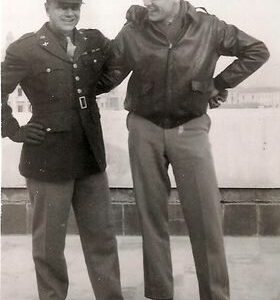
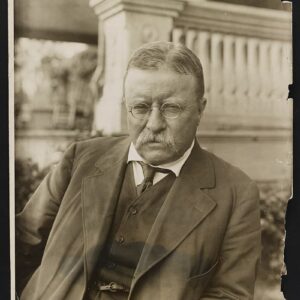
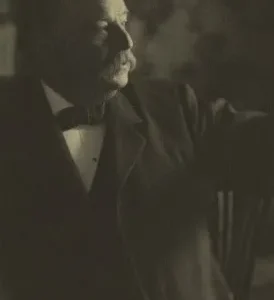


Leave a Reply